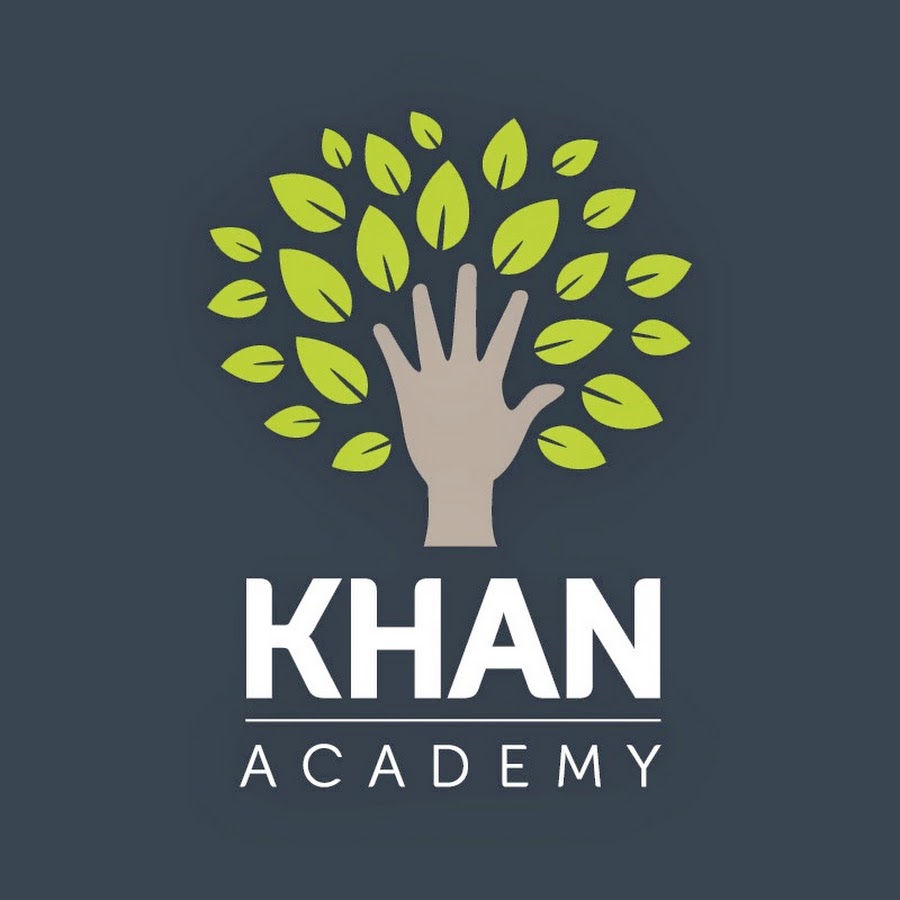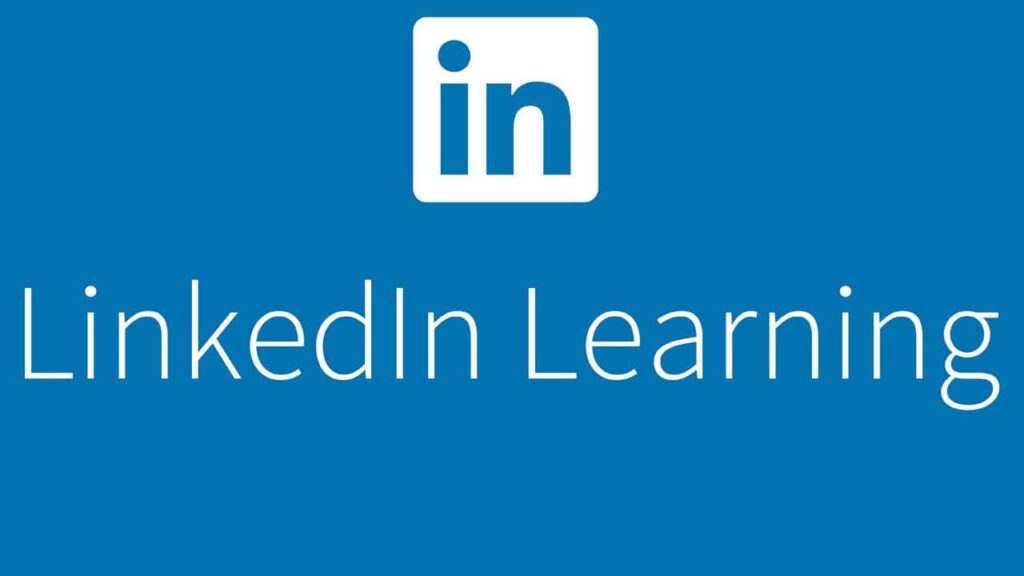Finding Videos
Video is an engaging way to draw learners in, diversify instruction and model skills. Finding and curating accessible, captioned videos for learning is becoming easier every day.
Choosing Videos
The medium of video is not inherently effective for learning, so be aware of how to choose videos that will help students achieve learning outcomes (Brahme, 2017). Brahme considers three factors when selecting videos as an educational tool: cognitive load, student engagement, and active learning. Ask yourself:
- Does this video present the right information in manageable doses?
- Is this video engaging and interesting enough to hold attention?
- Does the video ask viewers to pause and reflect or try things out for themselves?
Additionally, instructional videos should exemplify specific principles of design which support learning (Mayer, 2021). When looking for videos, look to find videos that:
- Complement verbal information with simultaneous visual cues;
- Avoid unnecessary information or graphics;
- Highlight important information;
- Chunk information into manageable bits;
- Use everyday conversational language, referring to the viewer as “you”;
- Use prompts to invite viewers to do activity while watching.
Equitable Access
All students should have easy and equitable access to required video learning resources. This means selecting videos that
- are freely available whenever possible;
- do not require sharing personal information with other students or purchasing streaming services from third-party vendors (avoid requiring access to Netflix, Prime, and other private video streaming sites);
- do not cost extra beyond what is listed as required course materials;
- may be played using minimum technology required for the course;
- are relatively easy to access with instructions.
Conestoga commits to promoting accessible learning opportunities while protecting student identity and personal information. See the Online Learning Technology policy for more information.
Video Sources
The following are several sources for readily available educational videos. Consider looking to Library Services first for multimedia resources.
Library Services
The Library has great video databases for most disciplines. These sources run the gamut from major motion pictures, case studies, documentaries, trades safety videos, nursing and care videos and more. Chances are, if you’re looking for it, the Library has it. You can also connect with their helpful staff to find videos to suit your exact need.
Learn how to find videos from databases available through Library Services.
Having trouble finding videos at the Library related to your courses or discipline? Connect with a Program Liaison for more help.
LinkedIn Learning
LinkedIn Learning is another service provided by the Library. It hosts a large collection of how-to and tutorial videos on most software, animation, business, CAD, web development, eLearning, marketing topics and more.
Use LinkedIn Learning tutorials to facilitate your teaching or support students to accomplish a variety of tasks including:
- Learning how to produce a podcast as an alternative assessment item;
- As an alternative or in addition to text based instructions you may already be using;
- To support your own skills development and further your capacity to teach with varied software.
All of the above suggestions were compiled from post secondary educators who contributed to the eCampusOntario OER “Applications of LinkedIn Learning in Ontario’s Post-Secondary Institutions” under a CC-BY-NC-SA 4.0 International License.
Khan Academy

All videos Science, Technology, Engineering and Math (STEM), all in one place. Find tutorials and sample questions on science, technology, engineering and math concepts. Just search – there is no need to sign up, though they’d appreciate if you did.
Use Khan Academy to:
- Support learners struggling with key skills through retrieval practice.
- Spiral back to foundational skills and space out practice, demonstrated to improve retention over time.
- Flip your classroom by using the videos to have students learn a skill before class, so your instruction can cover more in depth skills.
TEDtalks
All of these Creative Commons licensed videos are freely shareable and usable in the classroom. TEDtalks feature a variety of engaging and dynamic speakers on a wide range of topics. TedEd Lessons also lets you use any video to make video lessons, which you can use to diversify classroom activity. Ted Talks are also available through the Library, through Films on Demand.
Use TEDtalks to:
- introduce a concept or area of study;
- inspire learners and establish common purpose at the beginning of a course or unit;
- improve concept acquisition and active listening skills;
- have students evaluate the effectiveness of presentation and public speaking skills;
- complete an area of study with hints toward what may come next in learning.
YouTube

Search through a vast number of videos on a variety of topics. YouTube is ubiquitous, and many students see it as a reliable source of information and learning.
Read more about how to boost your YouTube use and using YouTube appropriately for educational purposes.
Video Copyright and Attribution
Just because a video is online does not mean that is free to broadcast in your class. It is a good idea to consult with Library Services to ensure that your use of the video falls within the license permissions.
Make sure to cite according to Conestoga APA or your discipline’s style guide. Citations are different for subscription based services (the Library) than for open access services (like YouTube and Khan Academy).
Have an idea for another video source? Post a comment below!
References
Brame, C.J. (2017). Effective educational videos: Principles and guidelines for maximizing student learning from video content. Life Sciences Education, 15(4). https://doi.org/10.1187/cbe.16-03-0125





